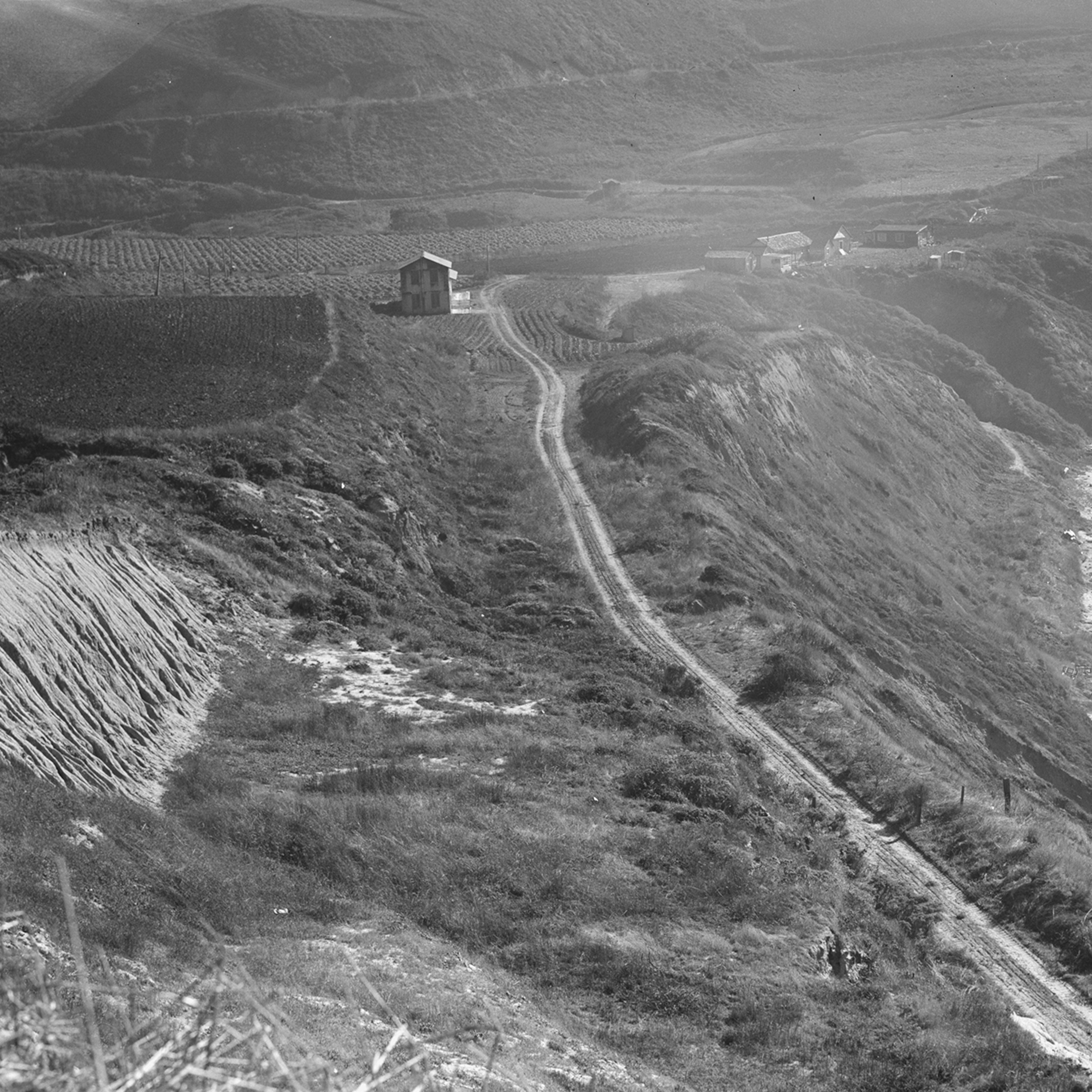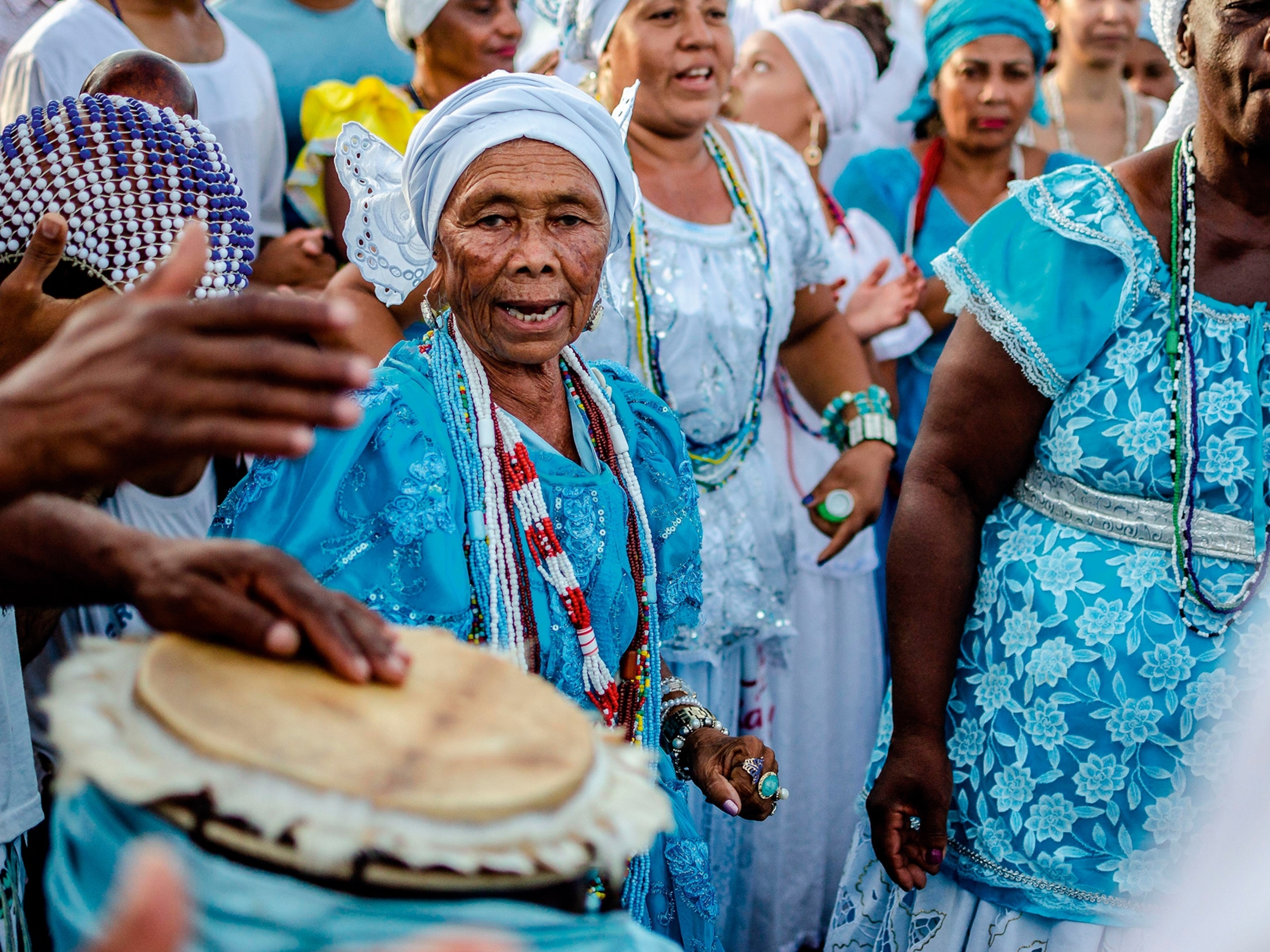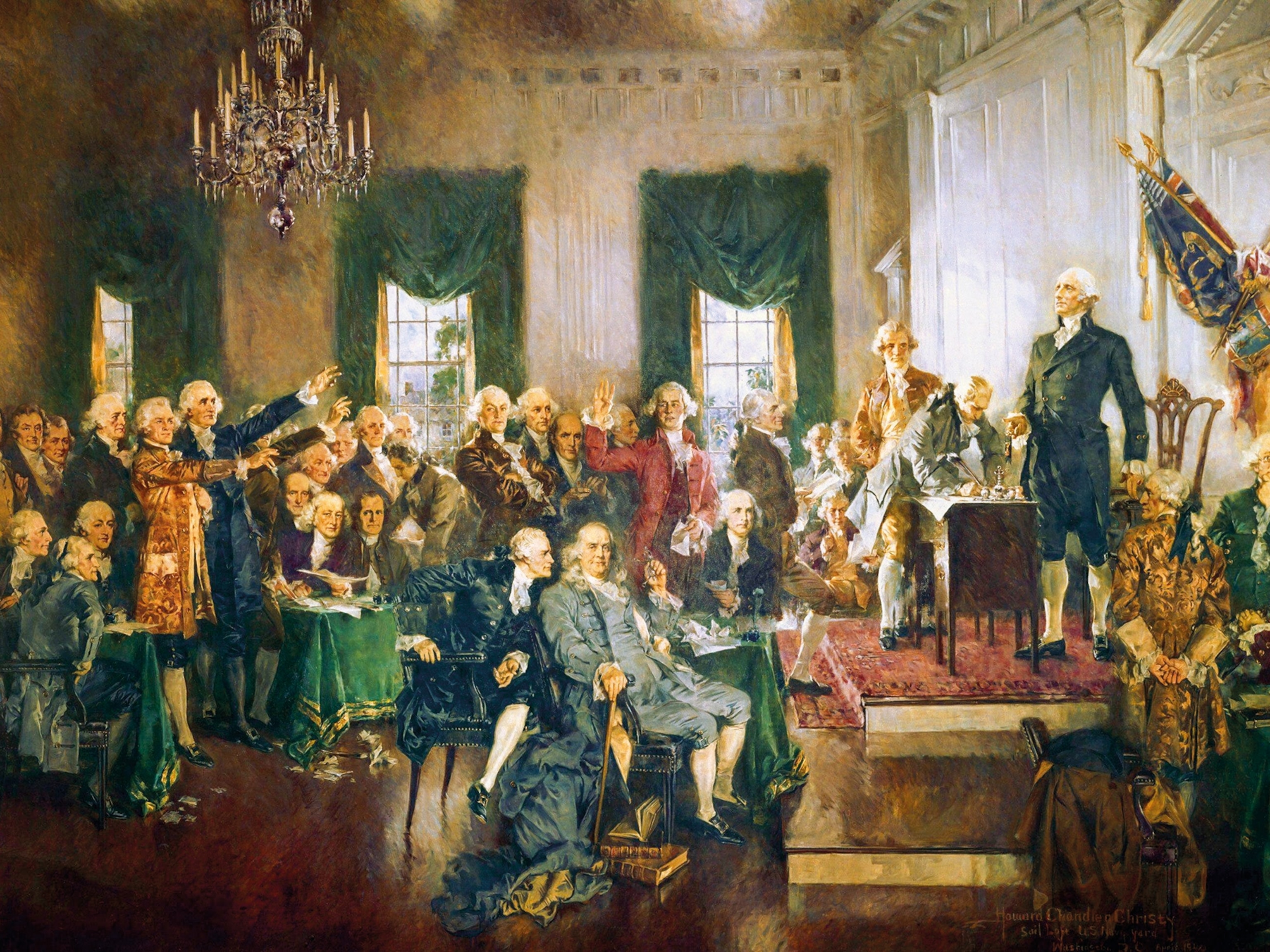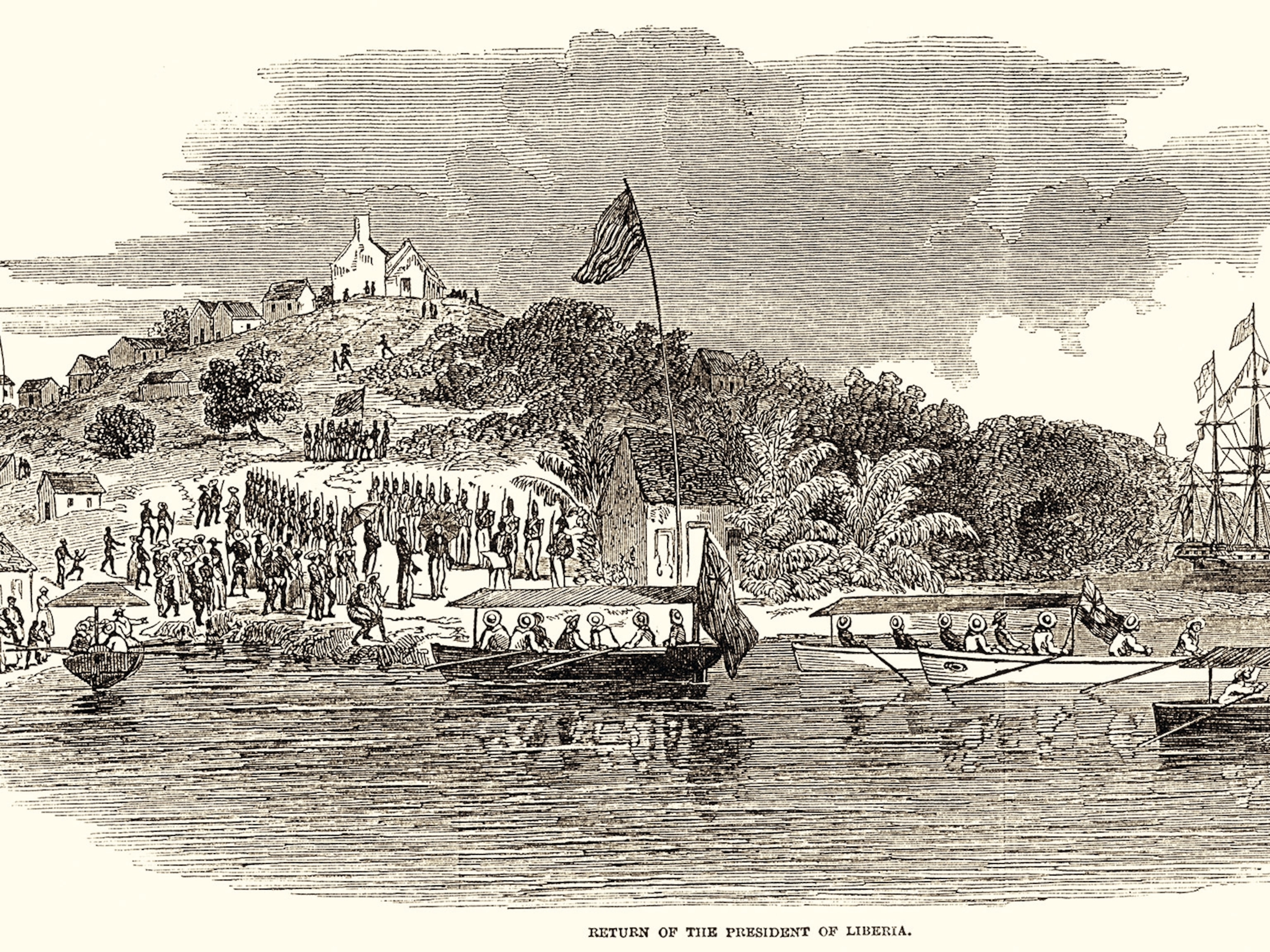
5 African Foods You Thought Were American
It's likely that something you ate or drank today was first brought to North America by slaves.
Food, like music and literature, can be a powerful portal through which to view a culture or a period in time.
At the National Museum of African American History and Culture, opening in Washington, D.C. on Saturday, nearly 37,000 objects will go on display in collections that range from clothing and communities to segregation and slavery, stitching together a tapestry of suffering, triumph, and tradition.
(See our magazine feature on the museum in this month’s issue of National Geographic.)
Some of these artifacts, like an oyster basket used by African American oystermen and a large stockpot that was once used for cooking collard greens at D.C.’s famed Florida Avenue Grill, will be part of an exhibit that looks at African American foodways across three distinct regions: The Agricultural South, The Creole Coast, and The North.
The museum’s restaurant, Sweet Home Café, will focus on ingredients and dishes specific to these regions—plus one more region called The Western Range—with offerings like shrimp and grits (Creole Coast), buttermilk fried chicken (Agricultural South), oyster pan roast (North), and “Son of a Gun Stew” (Western Range).
Says Sweet Home Café executive chef Jerome Grant: “Each of the four regional stations demonstrate the migration of African American people and culture through foodways.”
Indeed, many of the fruits, vegetables, and legumes we now take for granted came to the United States from Africa through the Atlantic slave trade.
Among the most important of these, says African American foodways author and scholar Jessica B. Harris—whose research helped shape the Sweet Home Café menu—are black-eyed peas, okra, watermelon, kola nuts, and coffee.
UCLA professor of Geography Judith Carney agrees. In her book, In the Shadow of Slavery: Africa’s Botanical Legacy in the Atlantic World, she outlines the origins and trajectories of each of Africa’s major native crops that were brought over to the U.S. on slave ships.
“The story of African crops is little known and poorly understood,” she says. “To look at these plants is to engage the organization of the slave trade as corridors for the diffusion of African plants to the Americas.”
After all, how often do we consider, when selecting the ripest melon for our summer fruit salad, or ordering a café latte with breakfast, that these things originated and flourished on a completely different continent? Even more important, how often do we consider that it was an enslaved population that brought them here?
To look at these plants is to engage the organization of the slave trade as corridors for the diffusion of African plants to the Americas.Judith Carney, UCLA Professor of Geography, author of In the Shadow of Slavery: Africa’s Botanical Legacy in the Atlantic World
It doesn’t help that white, southern chefs often receive credit for showcasing certain “heritage” foods on their menus without noting that they’re actually native to Africa. A particular low point was when Paula Deen, a white chef from Albany, Georgia, built an empire around her brand of “southern cooking” and then made headlines in 2013 for admitting to using racial slurs.
The African American museum aims to change that by helping “all Americans see how their stories, their histories, and their cultures are shaped and informed by global influences,” according to the website.
In that spirit, here’s more on the origins of some popular American foods:
Kola nuts, Cola nitida, West Africa: “Two of the most widely consumed beverages in the world today are based wholly, or in part, on plants ancient Africans domesticated,” says Carney. One of these plants is the kola nut, whose “level of caffeine considerably exceeds that of coffee,” writes Carney, and was once a key ingredient in Coca-Cola.
Slaves used the nuts to freshen the fetid water available on the ships on their voyages across the Atlantic, which “undoubtedly contributed to the early presence of the kola nut in New World plantation societies,” says Carney.
Okra, Hibiscus esculentus, West Africa: “Wherever okra points its green tip, Africa has been,” writes Jessica Harris in this essay on the slender, spear-shaped pod. “In the South, where enslavement lasted longer and climate made Africans and their descendants most at home, it is revered and treated with respect. It’s an ingredient in the southern succotashes of many states and reigns supreme in many of the gumbos of New Orleans and southern Louisiana. Southerners just seem to know (or perhaps have learned from African-Americans) how to savor the slippery juice that the tender pods exude when they are cut.”
Watermelon, Citrullus lanatus, Africa, region unknown: The ancestor of the watermelon we know today first grew in Africa, but “its prototype was originally a bitter melon that was grown on arid savannas for its edible seeds and as a storable form of moisture,” says Carney. (See The 5,000-Year Secret History of the Watermelon.)
Scholars debate where exactly on the continent the fruit came from, but it was cultivated widely in ancient Egypt, where it was buried in pharaohs’ tombs to provide hydration for their journeys to the afterlife.
Black-eyed peas/Cowpeas, Vigna unguiculata, Central and Southern Africa: High in protein with leaves that are rich in minerals, black-eyed peas grow quickly, suppress weeds, and improve yields of other crops. The legumes were used as a provision on slave ships and, later, also used to feed livestock in U.S. (hence, the alternate name, cowpea). Black-eyed peas are associated now with New Year’s Day in the American South and are a key ingredient in Hoppin’ John, a dish made with greens and pork that symbolizes good luck.
Coffee, Coffea arabica, Ethiopia: Many people associate coffee with South America, but “Ethiopia is the birthplace of the world’s premier coffee,” writes Carney. Legend has it that a goat herder named Kalbi discovered it when his herd became particularly boisterous after eating berries from a tree.
Whether that’s true or not, “How to take a coffee bean, know when and how roast it, and turn it into a delicious beverage involved a deep cultural knowledge system of growing and brewing varieties from the Ethiopian highlands where it originated,” says Carney.
“When Europeans reached East Africa, Yemen, Saudi Arabia, and the Emirates in the 16th century, they encountered coffee houses and culture around the drink. But given the racial prejudice against Africans honed during the transatlantic slave trade—and the fact that coffee had become so central to Muslim culture—Europeans attributed the art of making the drink and the profusion of coffee houses to Muslim societies.”
Carney says in her book, “The popular image of Africa today is of a hungry continent.” Yet it’s because of African crops and slaves' agricultural practices that we eat what and how we do in America.
As with so many other origin of food stories, it’s complicated.







